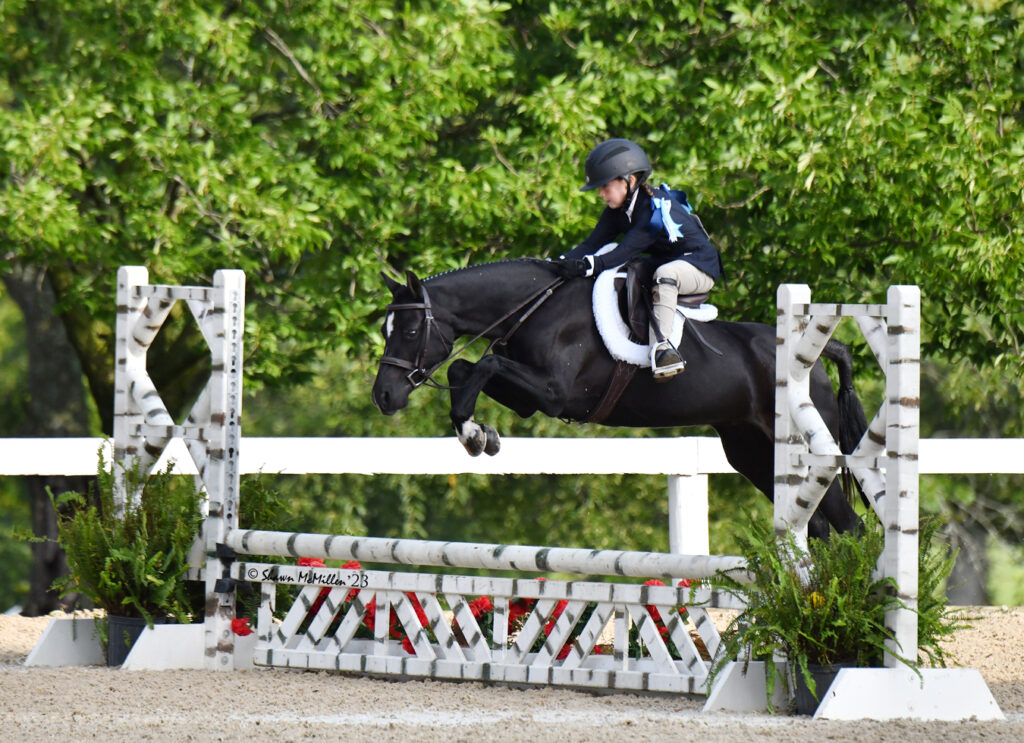
There’s a certain kind of magic when watching eq competitions, especially when it involves someone dear to you.
Over the weekend, our daughter, Emmy Grace, took part in her first hunter jumper 2-foot division horse show. During one of the jumps, her pony made an unexpected high leap, leading Emmy to find herself precariously positioned on the pony’s neck, just a misstep away from a potential fall.

Here’s where the lesson shines through.
Emmy, with sheer determination, grace and composure, repositioned herself back in the stirrups, continued on, and finished the course, eventually winning class champion.
This moment reminded me of a valuable lesson for our long-term care community, especially our hardworking therapists.
Come October 2023, skilled nursing facilities are preparing for significant changes to Medicare Part A payment structures. These shifts might feel like that unexpected high jump Emmy faced — jarring, surprising and potentially destabilizing.
However, if Emmy’s experience taught me anything, it’s that the most remarkable feats come not from avoiding challenges but from navigating them with grace and determination.
Refining the Course: PDPM ICD-10 Code Mappings & Exclusions
A clear path and well-set boundaries can make all the difference in a riding course.
The refined use of ICD-10 codes in the PDPM and the exclusion of certain therapeutic services from SNF consolidated billing provide a clearer, more tailored track for care and billing pathways.
Aim for Quality: SNF Quality Reporting Program
Every stride and jump counts in equestrian sports.
Similarly, the SNF QRP measures introduced by CMS ensure that every step taken in patient care is of the highest quality. With new benchmarks in place, facilities are encouraged to continuously improve their performance, much like riders refining their techniques with each round.
Value-Based Rewards: Skilled Nursing Facility VBP Program
In riding, rewards aren’t solely based on speed but on technique, style and overall harmony with the horse.
The SNF VBP program is structured similarly, focusing not just on outcomes but on the overall quality of care. The introduction of measures like the Nursing Staff Turnover and the Long Stay Hospitalization Measure show CMS’ commitment to a holistic view of care quality.
Reducing Administrative Burdens: Civil Money Penalties (CMP)
A smooth ride is often the result of countless hours of training, preparation, and removing potential obstacles from the path.
By streamlining the CMP process, CMS aims to provide a smoother journey for SNFs, allowing them to focus more on care and less on administrative hurdles.
Stay the Course
The road ahead, shaped by the FY 2024 rule, is filled with both challenges and opportunities. But with determination, agility and a clear understanding of the changes, SNFs can not only adapt but excel, ensuring top-quality care for their patients and a promising horizon for their facilities.
Renee Kinder, MS, CCC-SLP, RAC-CT, is Executive Vice President of Clinical Services for Broad River Rehab. Additionally, she serves as a member of American Speech Language Hearing Association’s (ASHA) Healthcare and Economics Committee, is a member of the University of Kentucky College of Medicine community faculty and is an advisor to the American Medical Association’s Current Procedural Terminology CPT® Editorial Panel. She can be reached at [email protected]
The opinions expressed in McKnight’s Long-Term Care News guest submissions are the author’s and are not necessarily those of McKnight’s Long-Term Care News or its editors.
Have a column idea? See our submission guidelines here.





